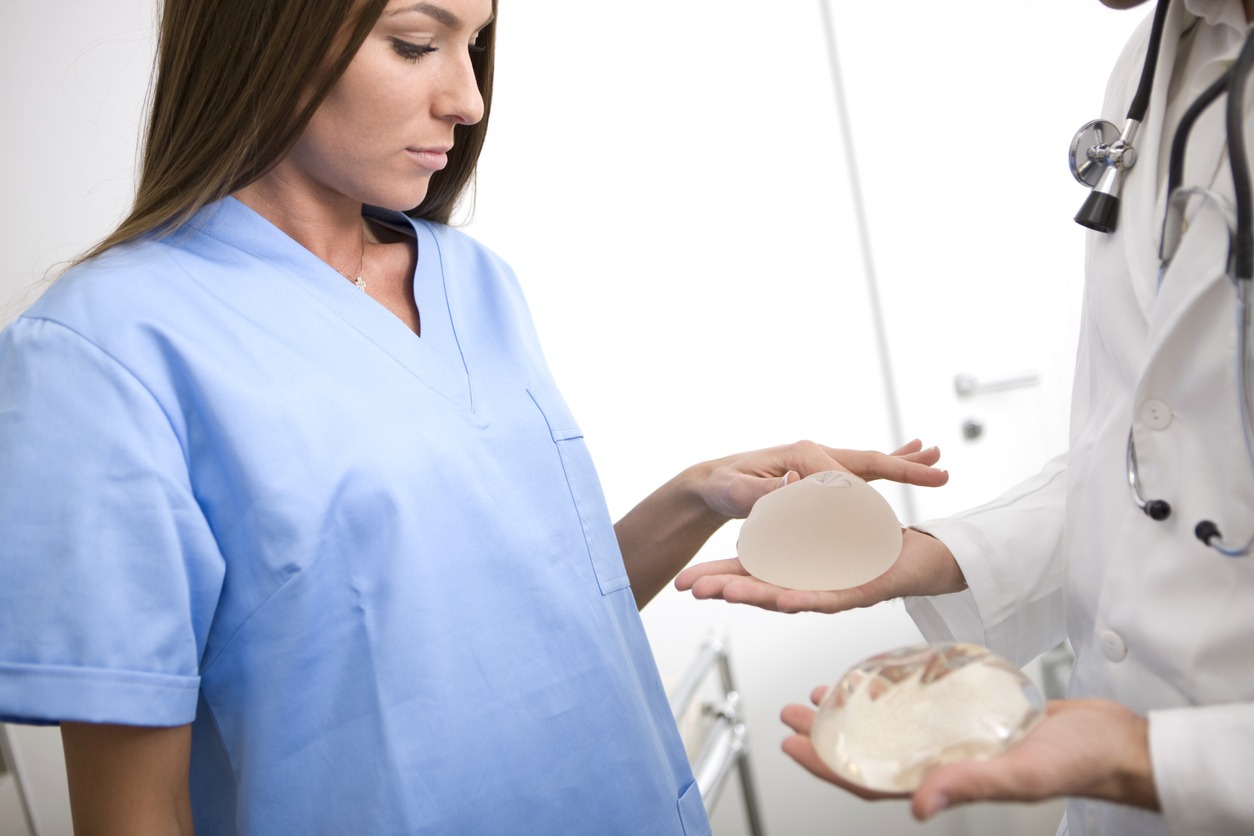Breast Reconstruction

For women who have undergone mastectomy or lumpectomy for treatment or prevention of breast cancer, the disfigurement can leave emotional as well as physical scars. Plastic surgery can help women cope with the loss of one or both breasts through breast reconstruction. Many women opt to restore their profile through breast reconstruction. Phoenix, Arizona plastic surgeon Dr. Jason D. Johnson addresses breast cancer reconstruction with an approach unique to each patient.
Breast reconstruction is a very delicate procedure in which both timing and technique are important. Surgery may be performed immediately following a mastectomy or at a later time. Reconstruction may be done with a tissue expander and implant, or through utilizing your body’s own tissues (flap reconstruction).
After the initial reconstruction, patients may undergo further operations to exchange the tissue expander for a permanent implant, revise the reconstructed breast, reconstruct the nipple and areola, or perform an operation on the opposite breast to achieve better symmetry. Dr. Johnson and everyone at PHX Plastic Surgery will help you through every step of the reconstruction process.

Who is a good candidate for a direct-to-implant breast reconstruction?
There are a variety of factors that can help determine if you will make a suitable candidate for a direct-to-implant breast reconstruction procedure. You are an ideal candidate if:
- You do not have any medical conditions that can impair the healing process.
- You have a positive outlook and realistic goals.
- You don’t smoke, or you’re ready to give it up for a few weeks before and after the surgery.
- You’re ready to restore your breasts and your body image.
A critical factor to examine in possible candidates is if the leftover skin, in combination with AlloDerm, can successfully accommodate the breast implant volume. It is also important for the remaining breast skin to be healthy.
By undergoing the direct-to-implant breast reconstruction, patients are able to forego a preliminary stage present in expander-implant breast reconstruction. During this stage, the surgeon inflates the temporary expander implants over a period of time to stretch the overlying muscle and skin.
In the DTI breast reconstruction procedure, the placement of the filled breast implant takes place when you are still under the effects of general anesthesia from the mastectomy.
The DTI Procedure
During the direct-to-implant breast reconstruction procedure, your plastic surgeon will position the implant on your chest wall and place it behind your pectoralis major muscle. An acellular dermal matrix will also be secured to your chest wall (along outer and lower breast folds) to provide extra soft-tissue support. This is done right after the completion of a mastectomy.
There are numerous factors that determine the success of any breast reconstruction surgery. The most important one is selecting the right size and shape of the implant. In addition to this, your plastic surgeon will also discuss the different types of implants that can be used for the DTI breast reconstruction procedure.
The most common breast implant options includes silicone and saline breast implants. These implants are FDA approved and offer high-quality outcomes for breast reconstruction surgeries.
Pedicle Flap Breast Reconstruction (TRAM) Surgery
The term “pedicle flap” is derived from the concept of rearranging tissue (the flap) from one part of the body to another. To do so involves keeping intact the blood supply to the transferred tissue and moving the tissue to a new destination. In the case of breast reconstruction, the most common donor sites are the back (lastissimus dorsi muscle with some overlying skin) and the lower abdomen (TRAM – transverse rectus abdominus myocutaneous ) which is done through an incision similar to that of a tummy tuck and utilizes the rectus abdominus muscle and overlying skin.
The advantages of a pedicled flap breast reconstruction include using the patient’s own tissue and no implant, in some cases. This provides a soft, often natural appearing reconstruction without the risks and recovery period of micro-surgical reconstructions. Of course, there is the added advantage of having removed considerable lower abdominal tissue which can mimic the look of an abdominoplasty.
Surgery Candidate
Unfortunately not everyone is a candidate for this type of surgery and the surgery itself has some limitations. Some patients may be too thin or too heavy to safely and predictably perform this surgery. The surgery is moderately extensive and usually requires a 2-3 hospitalization. Once home, the initial recovery is about 2 weeks and return to full pre-surgical activity may be as 6 weeks or more. The risks include partial loss of the breast reconstruction but only rarely complete loss. There is also risk of complication at the abdominal donor site, including abdominal wall weakness and hernia. Most patients do not notice weakness from the harvest of either the rectus or latissimus muscles unless they are extremely active, athletic, or body builders. In those cases another type of reconstruction might be preferable.
